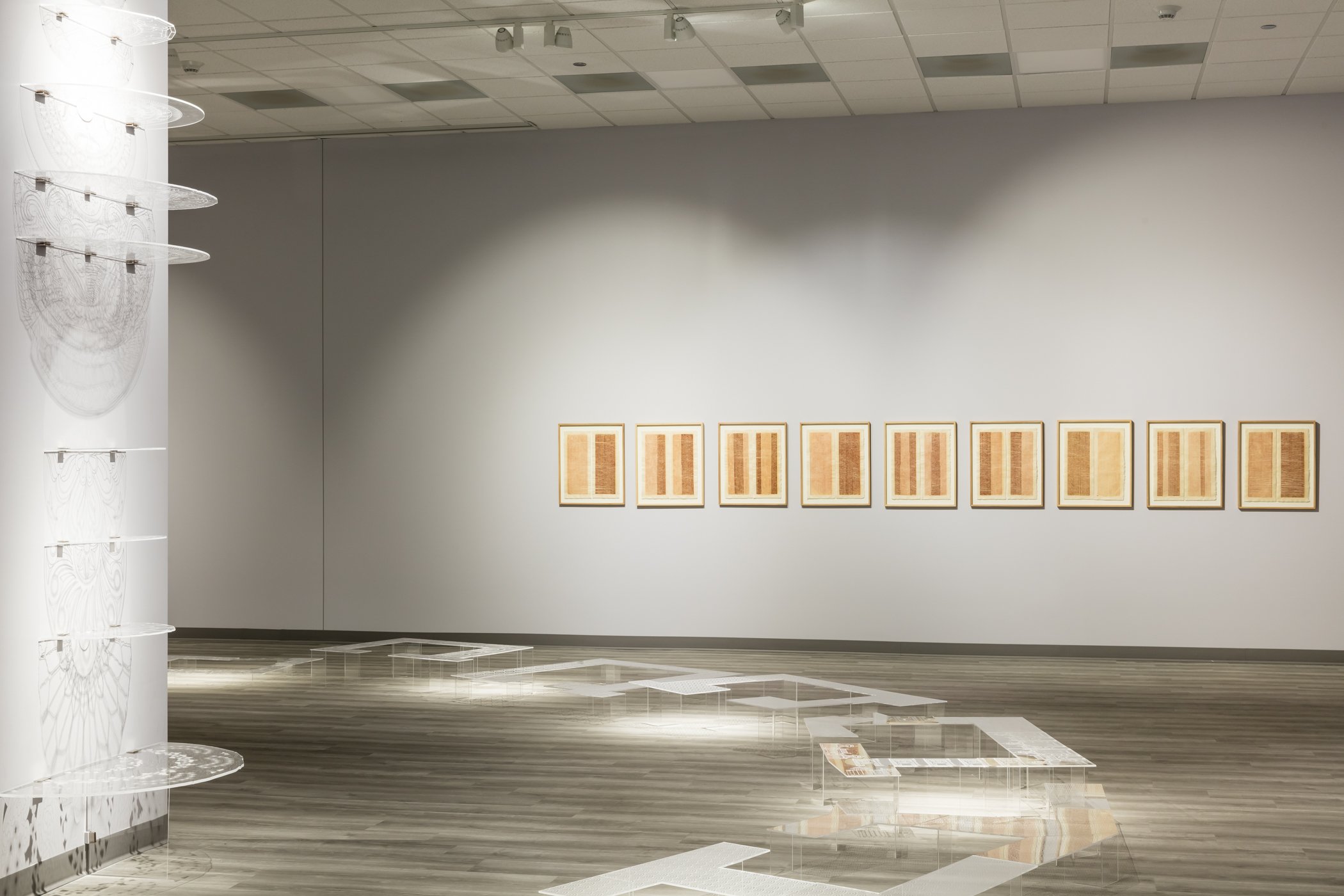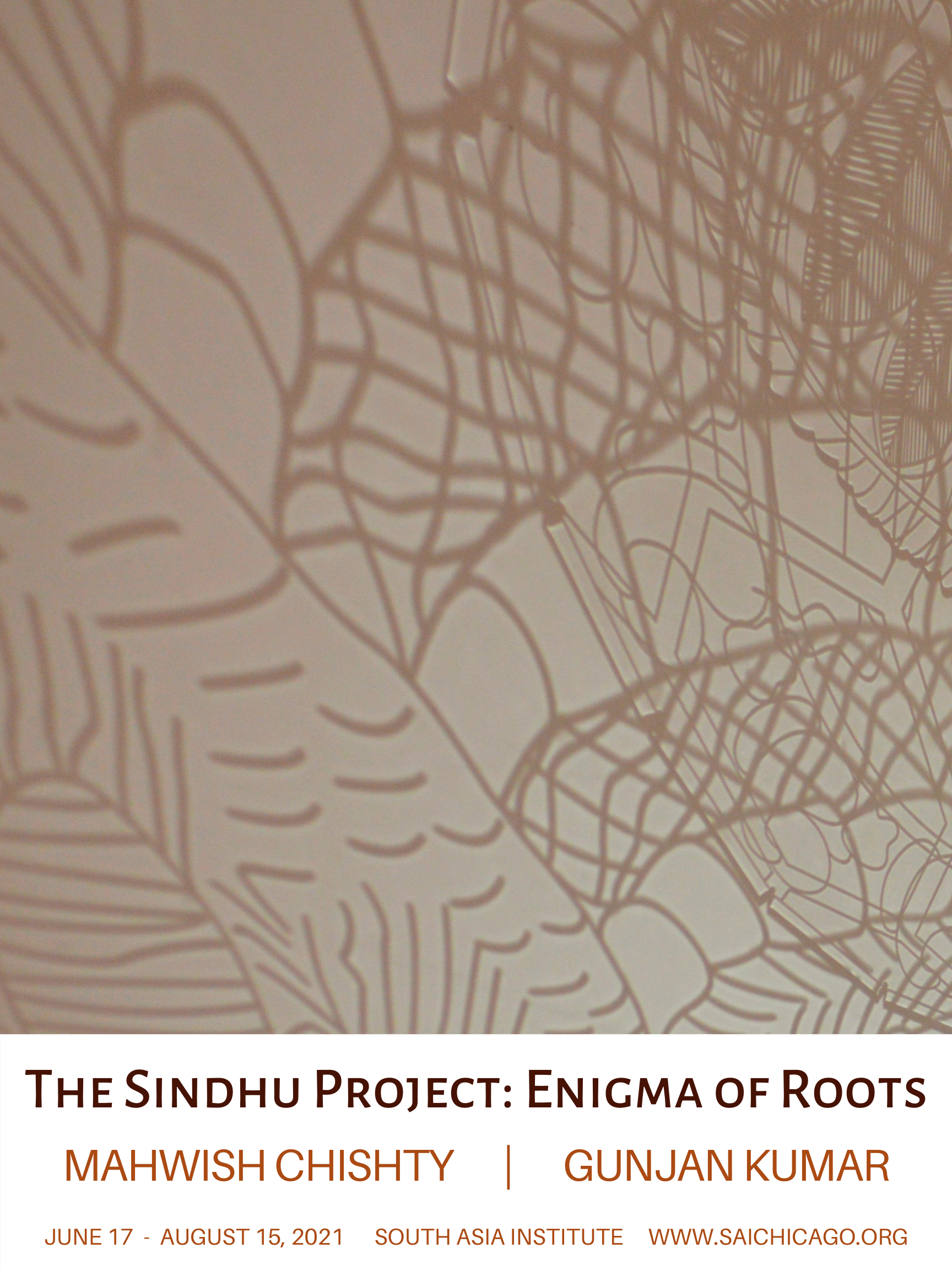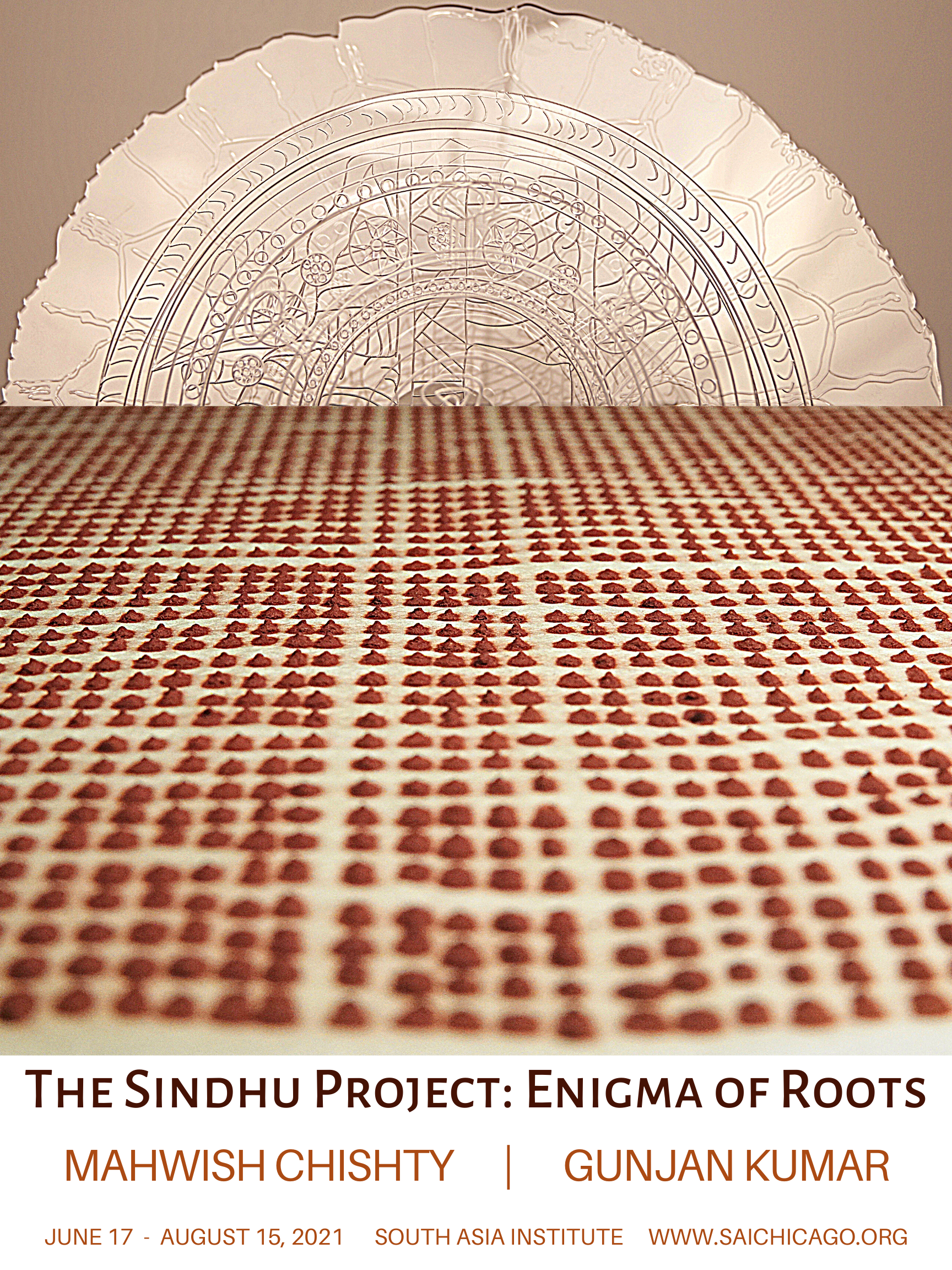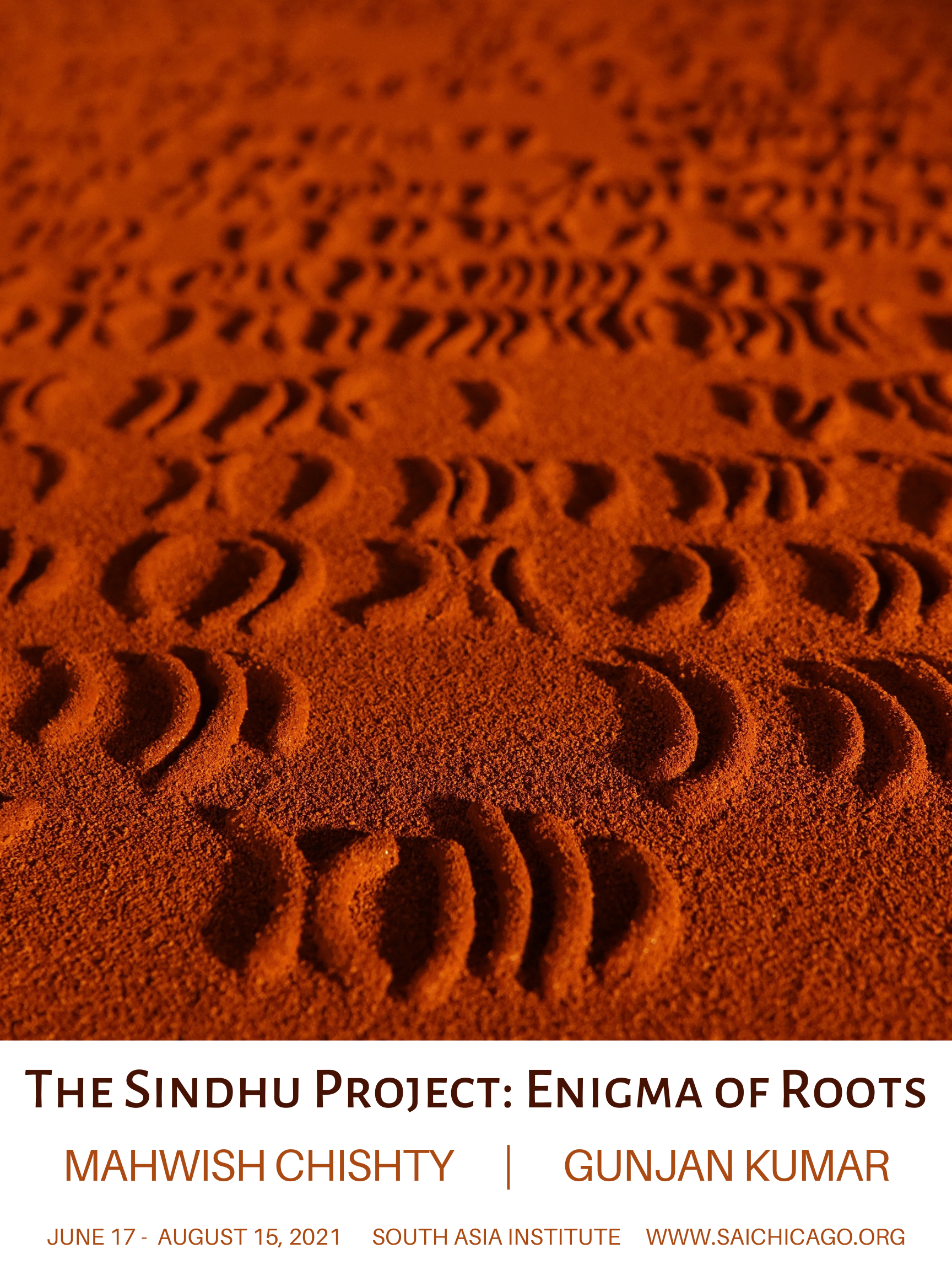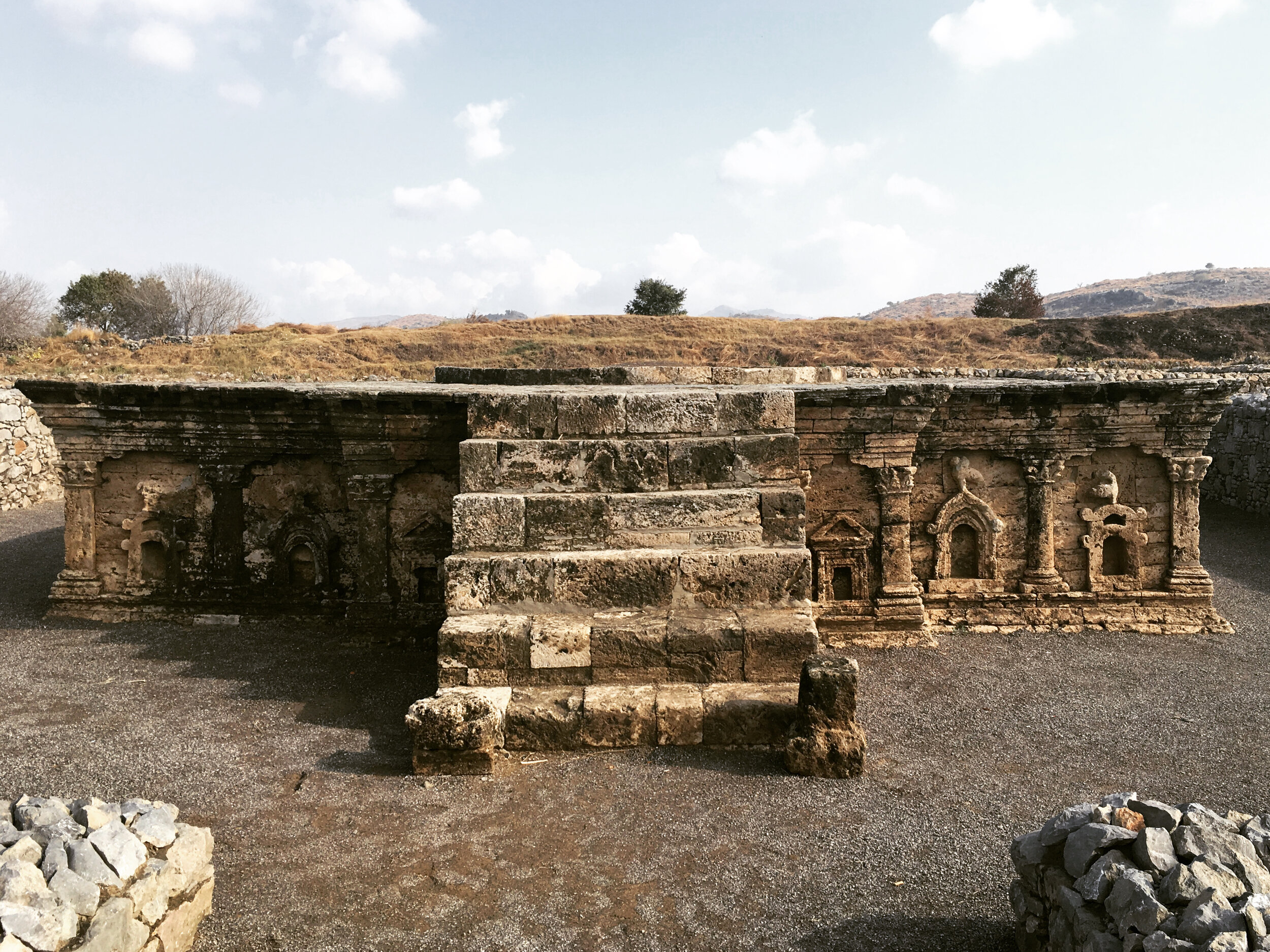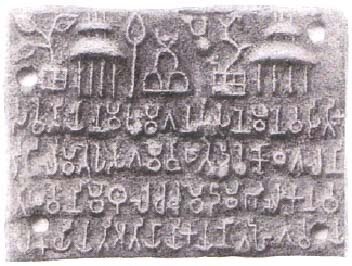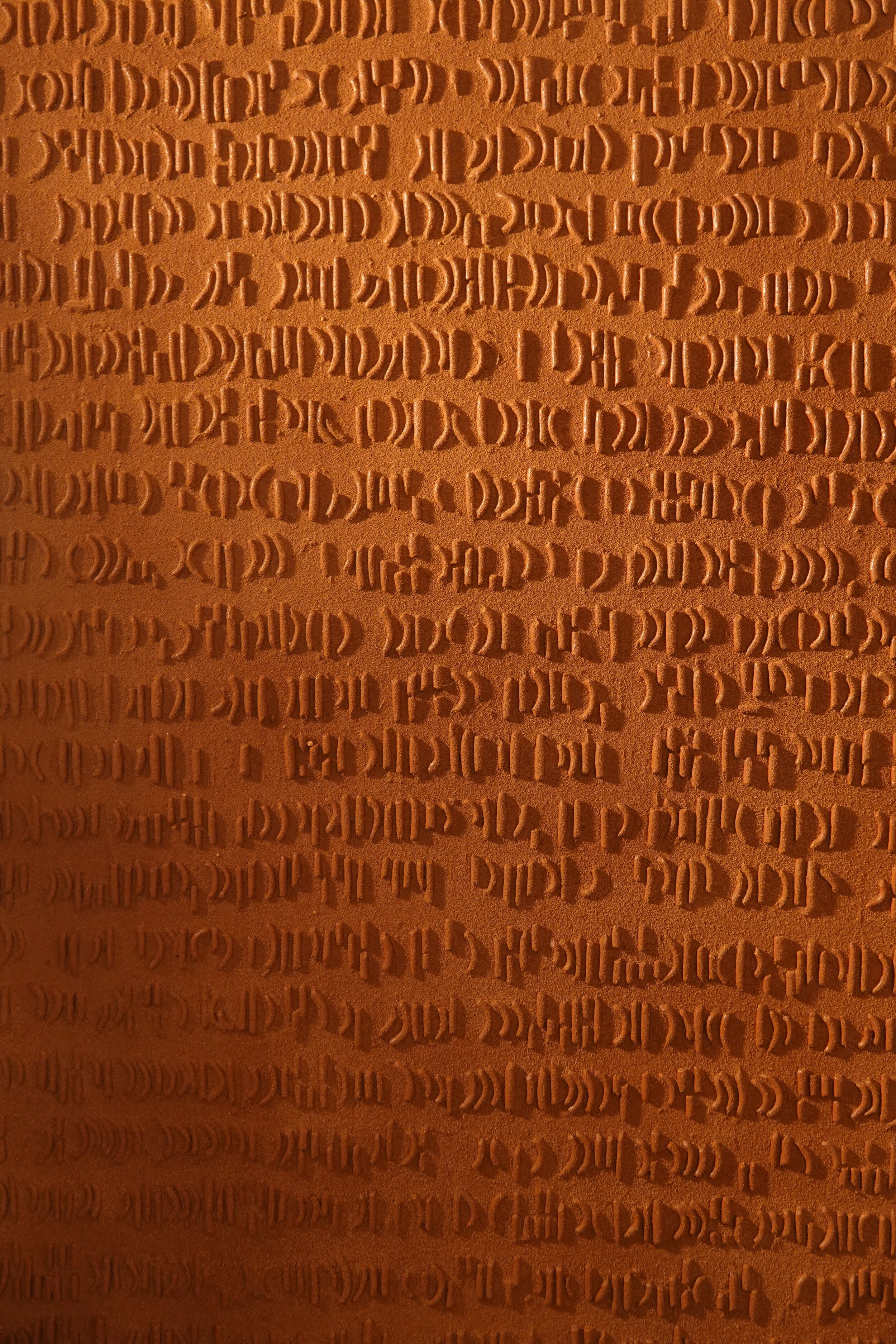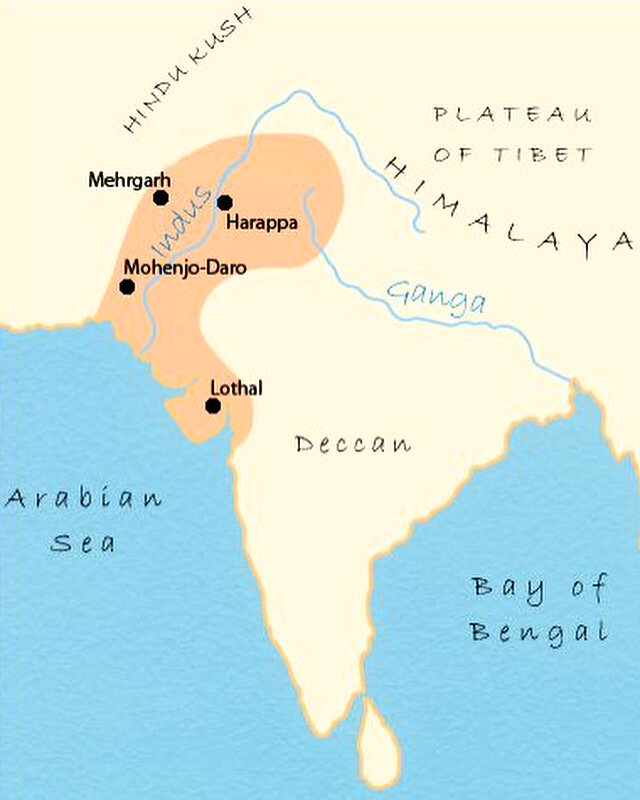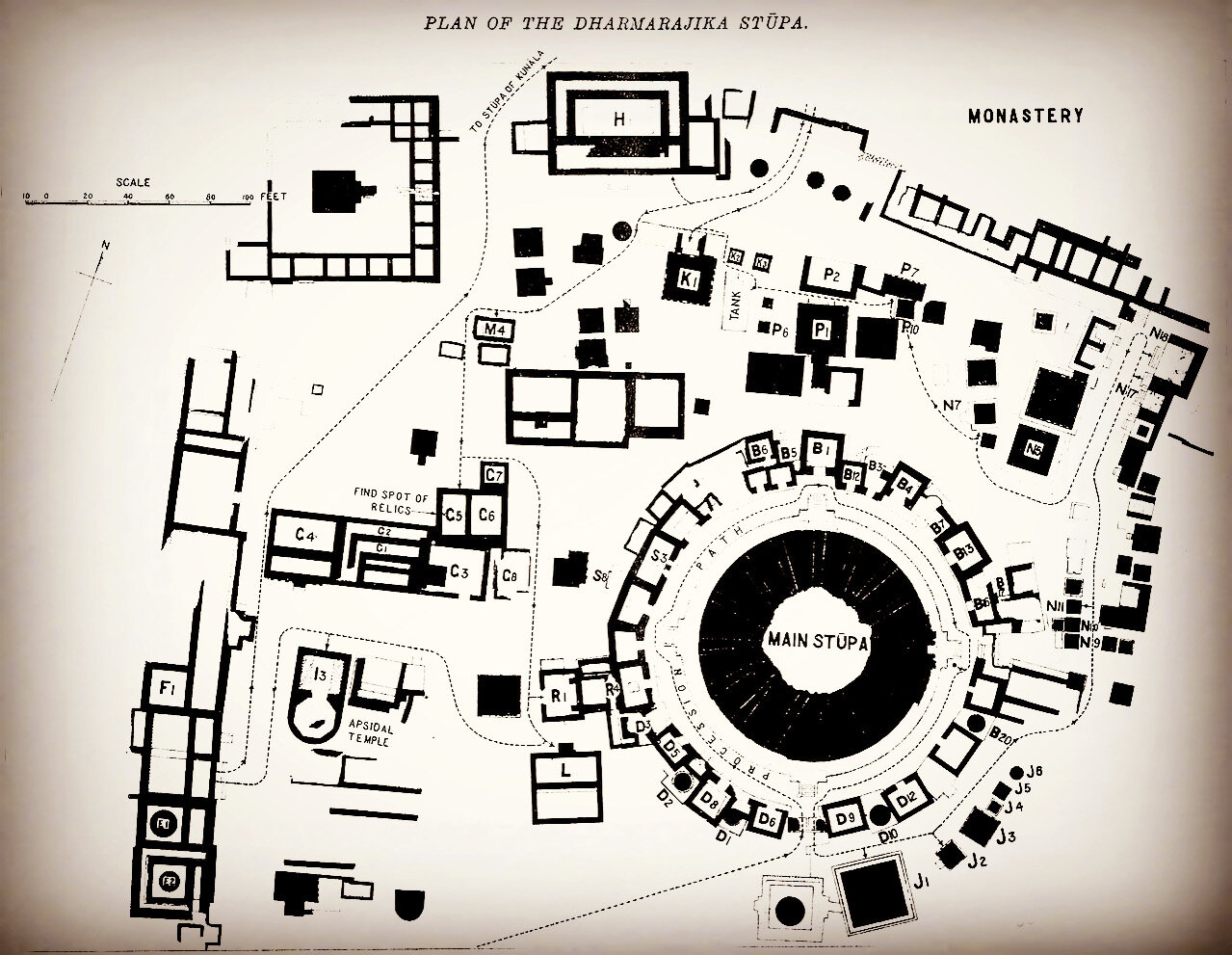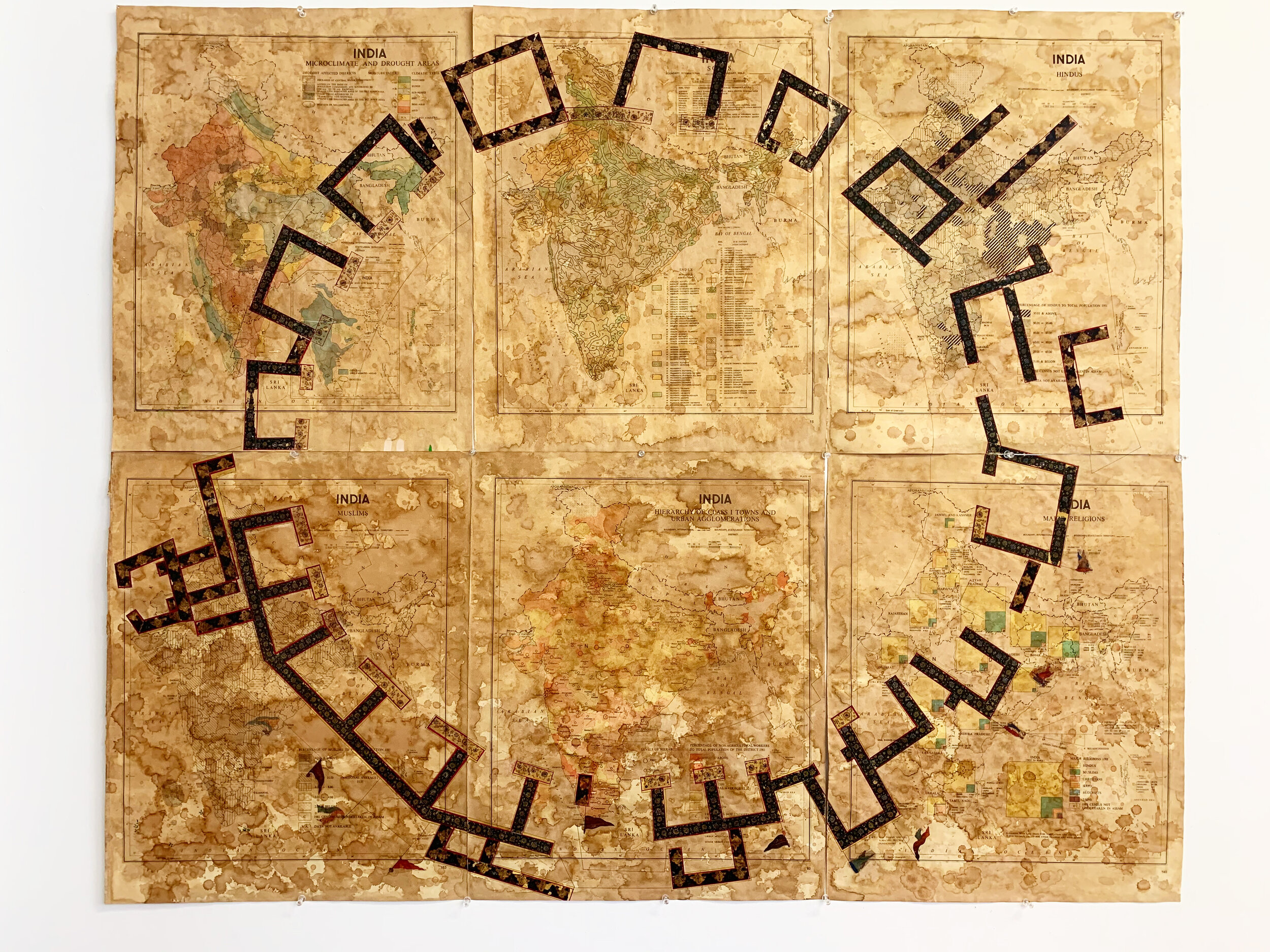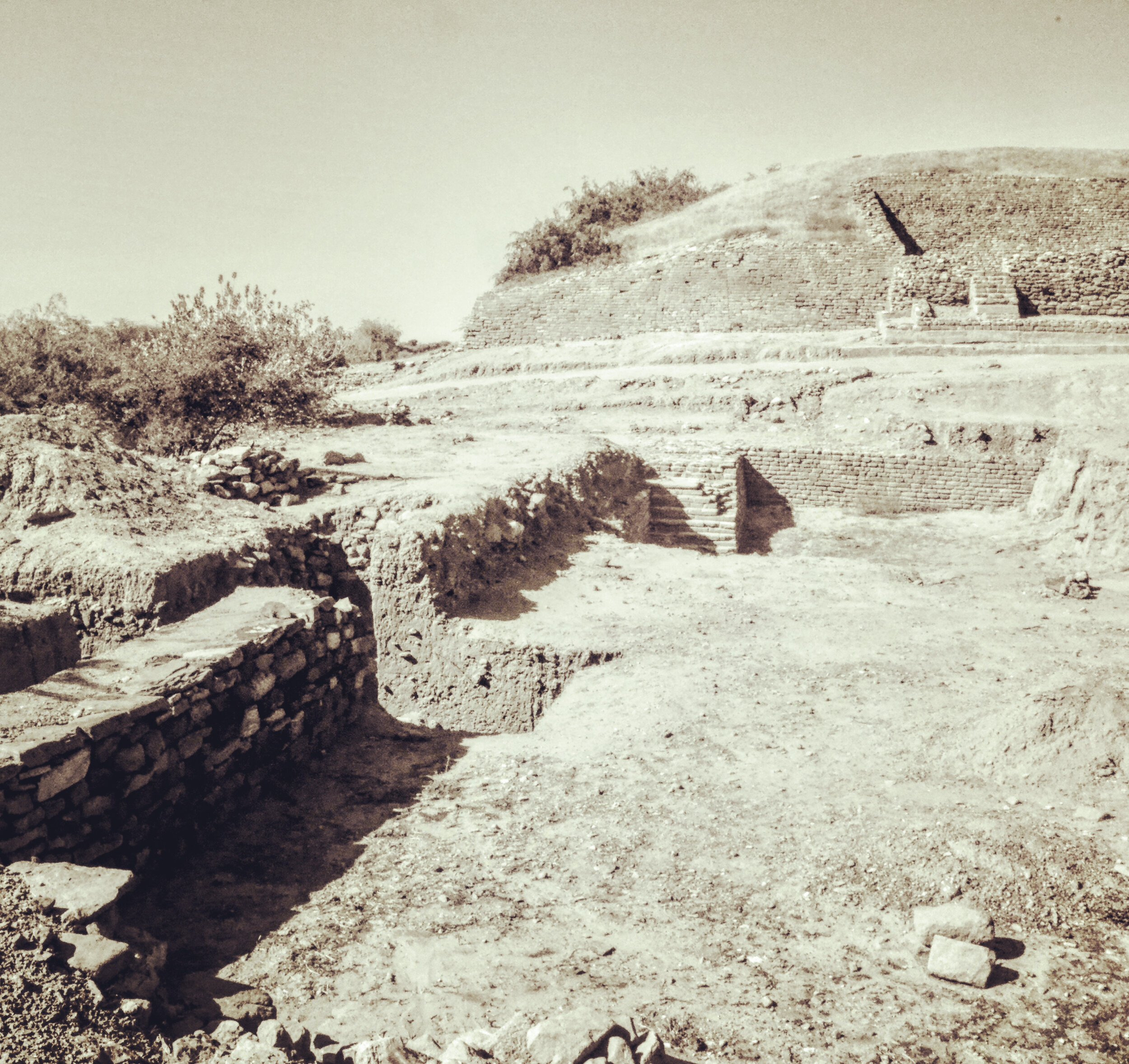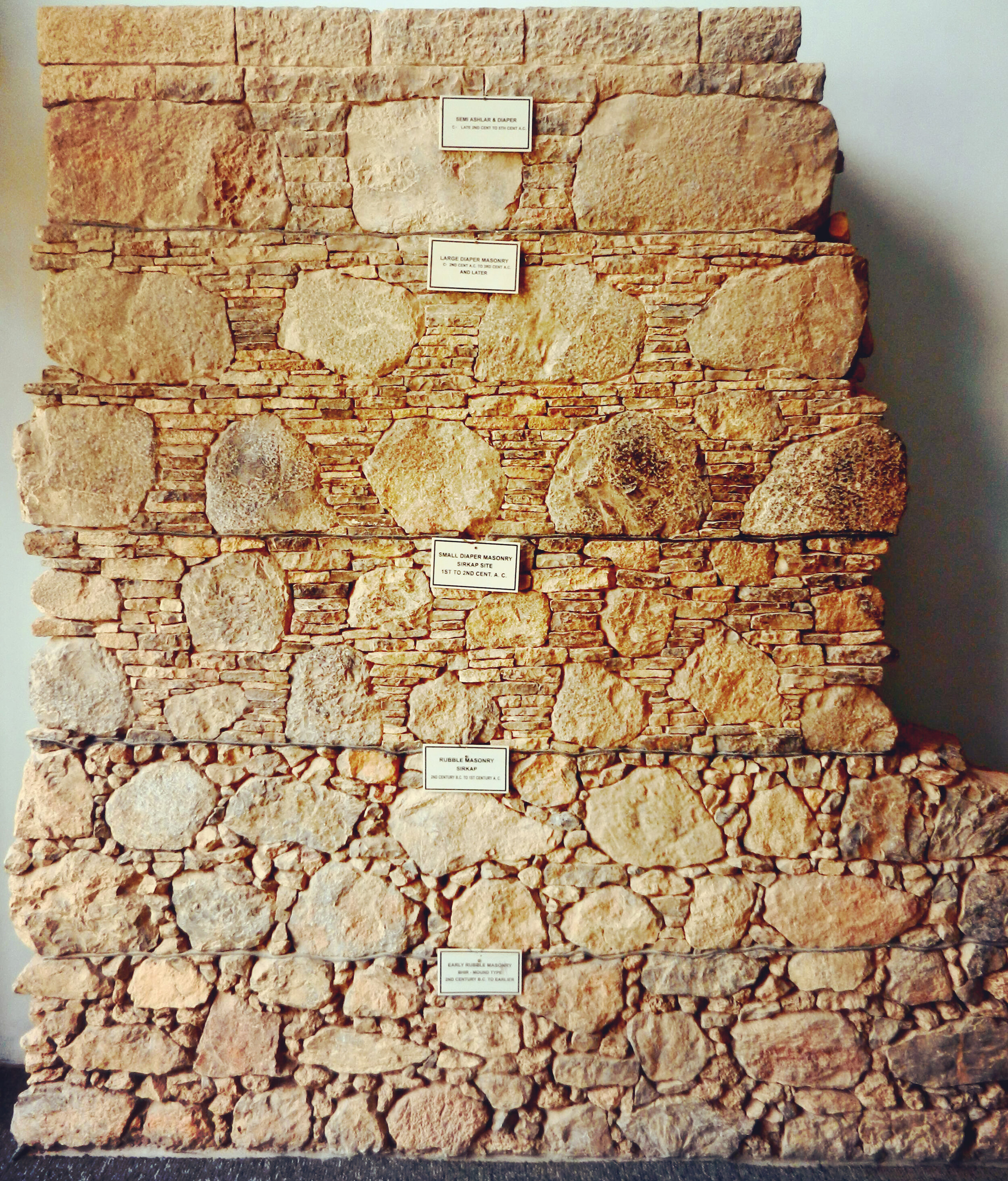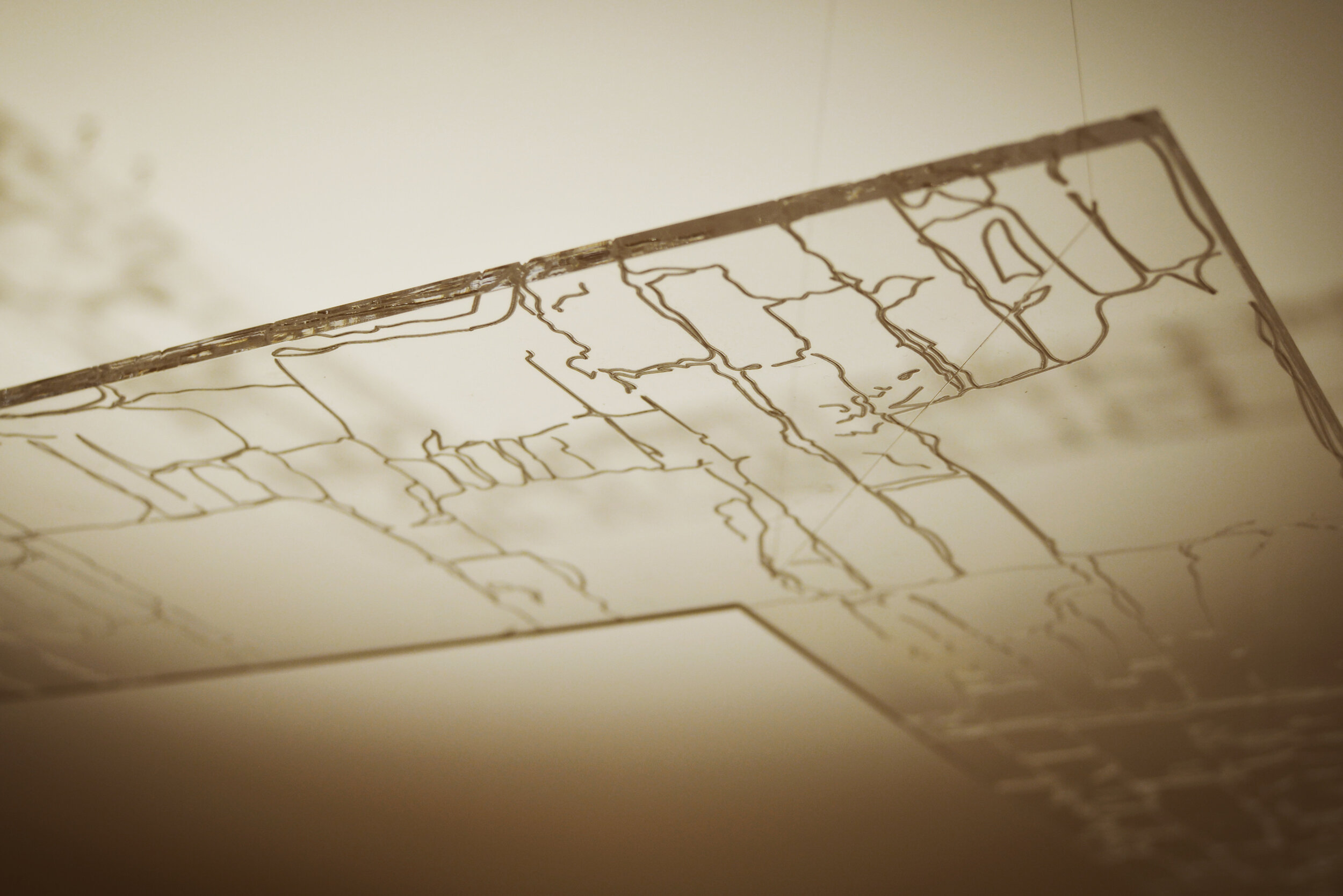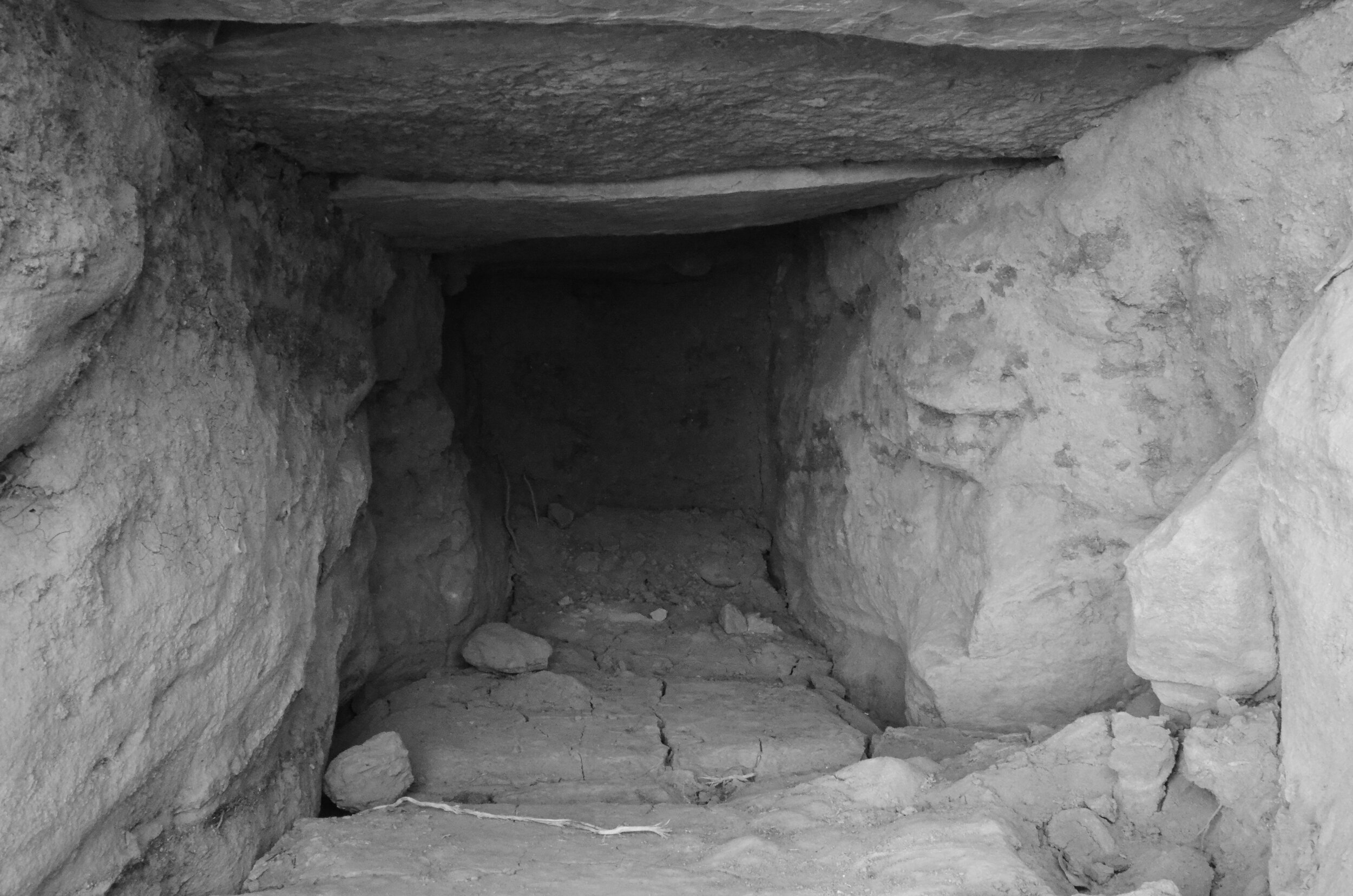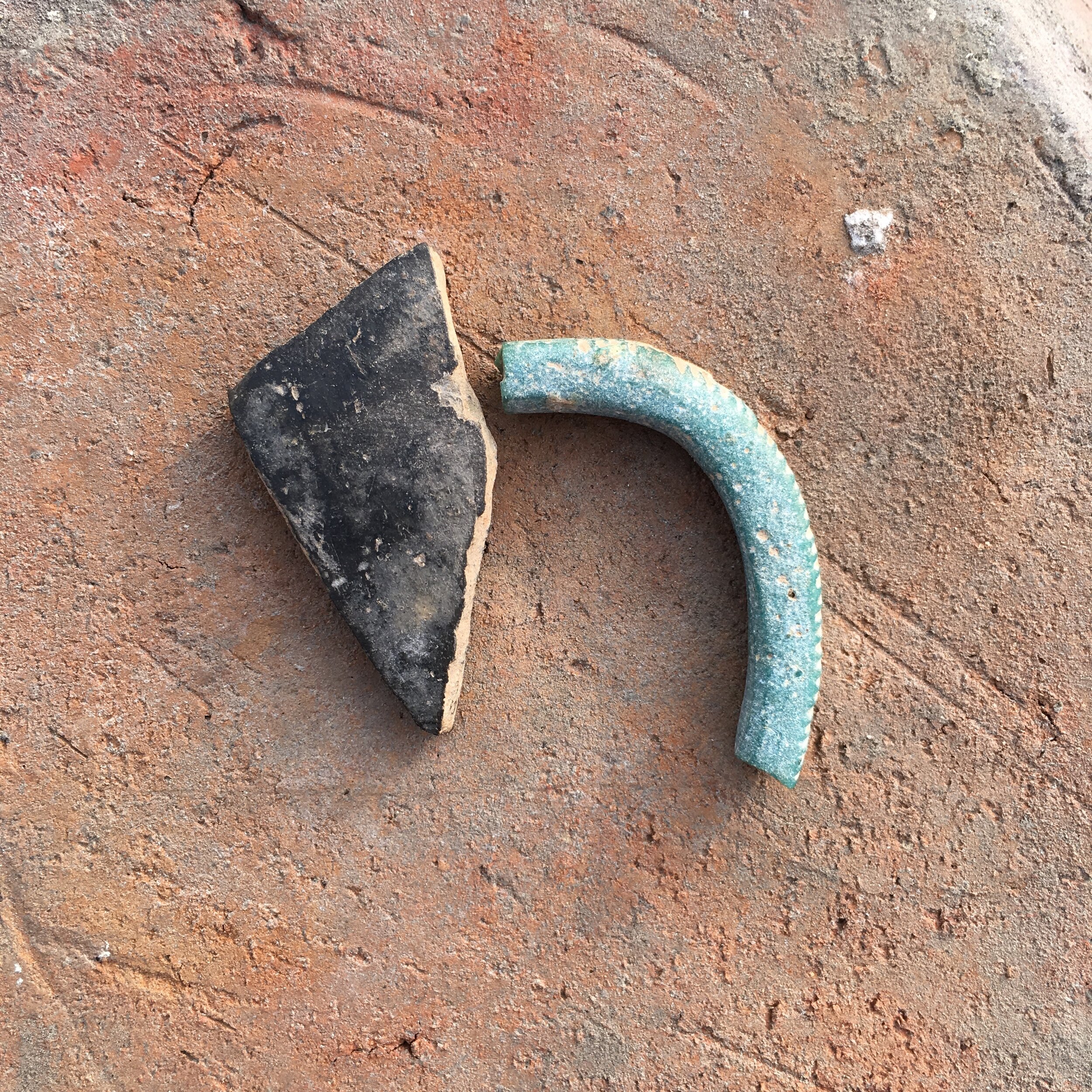The Sindhu Project: Enigma of Roots
JUNE 2021 - AUGUST 2021
Multi-site exhibition debuting at the South Asia Institute, The Sindhu Project embodies responses of artists Mahwish Chishty and Gunjan Kumar to explorations of archaeological sites and artifacts in the expansive Sindhu (Indus) watershed, a geographical region stretching across northwest India and much of Pakistan.
The Sindhu Project: Enigma of Roots is a multi-site exhibition debuting at the South Asia Institute in Chicago on June 17, 2021. It will be reconfigured for simultaneous exhibition in New Delhi, India at Exhibit320 and in Lahore, Pakistan at the National College of Arts’ Zahoor-ul-Akhlaq Gallery.
The Sindhu Project embodies responses of artists Mahwish Chishty and Gunjan Kumar to explorations of archaeological sites and artifacts in the expansive Sindhu (Indus) watershed, a geographical region stretching across northwest India and much of Pakistan. Through parallel journeys involving familial roots and enigmas of inhabited places across time, Chishty and Kumar bring contemporary art-making into dialogue with excavated forms that contribute to imagining this ancient riverine landscape.
Curated by Lise McKean, Ph.D.
The Sindhu Project juxtaposes the sleek amplitude and rhythmic energy of Chishty’s etched acrylic installations with the subtle dimensionality and tactile sensuousness of Kumar’s organic works. This sonorous exhibition invites visual and conceptual contemplation of intertwined roots reaching beyond the Sindhu river basin.
Mahwish Chishty
Chishty focuses her investigation on Dharmarajika, part of the UNESCO World Heritage Site of Taxila in Pakistan. Once the largest Buddhist establishment in the fertile Taxila valley, Dharmarajika dates to the second century BCE, when Taxila was a prosperous urban center on a branch of the Silk Road. Chishty transfigures the stupa and monastic complex of Dharmarajika in conversation with her ongoing inquiry into place, cultural legacy, and identity. Her work for The Sindhu Project engages with the plans and architectural drawings of the excavated site as well as ancient decorative patterns still prevalent in the region. Taxila also holds personal significance for Chishty: her mother lived nearby as a child.
Chishty renders the circular stupa form to scale using etched clear acrylic disks, in a composition of multiple horizontal installations. The larger installation refers to the plan of the excavated monastery that encloses the stupa. It is composed of rectilinear elements also in etched laser-cut clear acrylic and suspended to different heights. Chishty’s processes of laser-cutting and etching converse with archaeology’s subtractive processes of surveying, excavating, and screening. She extends this rapport through her use of intaglio molds for castings of floor plans and rubbings of etched acrylic pieces as the basis for additional Sindhu Project works.
ARTIST BIO
Mahwish Chishty combines new media and conceptual work with materials and techniques of South Asian art and craft traditions. Her work has been exhibited at the University of Technology Sydney Gallery in Australia; Boghossian Foundation–Villa Empain in Brussels; Utah Museum of Contemporary Art in Salt Lake City; Museum of Contemporary African Diasporan Arts in New York City; Imperial War Museum in London; and Gandhara Art Gallery in Karachi. Chishty's work is in public and private collections, including the Foreign Office in Islamabad; Fukuoka Asian Art Museum, Fukuoka; and Imperial War Museum, London.
Chishty is Assistant Professor in the Department of Art at the University of Massachusetts, Amherst. She is a recipient of a Guggenheim Fellowship and other fellowships and awards. Artist residencies include Yaddo, Saratoga Springs, New York; Chicago Cultural Center; and Vermont Studio Center. She holds a BFA with a concentration in miniature painting from the National College of Arts in Lahore, Pakistan and an MFA in studio arts from the University of Maryland in College Park.
Gunjan Kumar
Kumar’s work references archaeological sites and artifacts associated with Harappan or Indus Valley Civilization, the earliest known urban civilization of the Indian subcontinent that flourished in the Sindhu watershed from approximately 3000 BCE until 1800 BCE. Her works respond to visits to the Harappan sites of Dholavira in Gujarat and Sanghol in Punjab. Ancient objects of daily life at Bhuj scattered among excavated urban remains—sherds of cooking pots blackened by fire, earthen bricks, and semi-precious stones—intrigued Kumar as she held them in her hands. These fragments of pots triggered her reflection on missing pieces and ruptures wrought by time.
Kumar’s eight series of works for The Sindhu Project include three-dimensional compositions and works on paper. They reference textures, colors, and materials associated with the Harappan sites. These mixed-media works use riverbed soil and terracotta, powdered for pigment and mixed with water for molding, along with muslin and handwoven cotton fabric, turmeric, and wasli handcrafted paper. Her works investigate the Harappan sites with their grid layout, artifacts, and undeciphered script. Through these and her other series, Kumar journeys from surface traces to subterranean roots, charting a course from perceptible to imperceptible.
ARTIST BIO
Gunjan Kumar is an artist based in Chicago and originally from India. She has spent many years traveling through the interior of India and other countries in southeast Asia, observing age-old practices in art, visiting archaeological sites, observing prehistoric paintings and other tribal arts. These experiences form the undertone of her art practice. Her process involves ground earth and minerals like shell oysters, clay, calcium carbonate etc. used as core mediums applied on natural surfaces using techniques inspired by traditional methods. Her works have been exhibited at the Ukrainian Institute of Modern Art, the Donnelley Foundation, Chicago Artist Coalition, Chicago Sculpture International Biennial, Gallery Exhibit 320, New Delhi, New Delhi.
In 2020, Kumar started an education program called Nature Studies, with two workshops on working with nature as a medium in arts. The workshops have been held at the Chicago Art Department, Design Museum of Chicago, Ukrainian Institute of Modern Art, Chicago, Pulitzer Art Foundation, St. Louis among others and have had an ongoing reach. Kumar is a graduate in textiles from the National Institute of Design and Technology, New Delhi.

